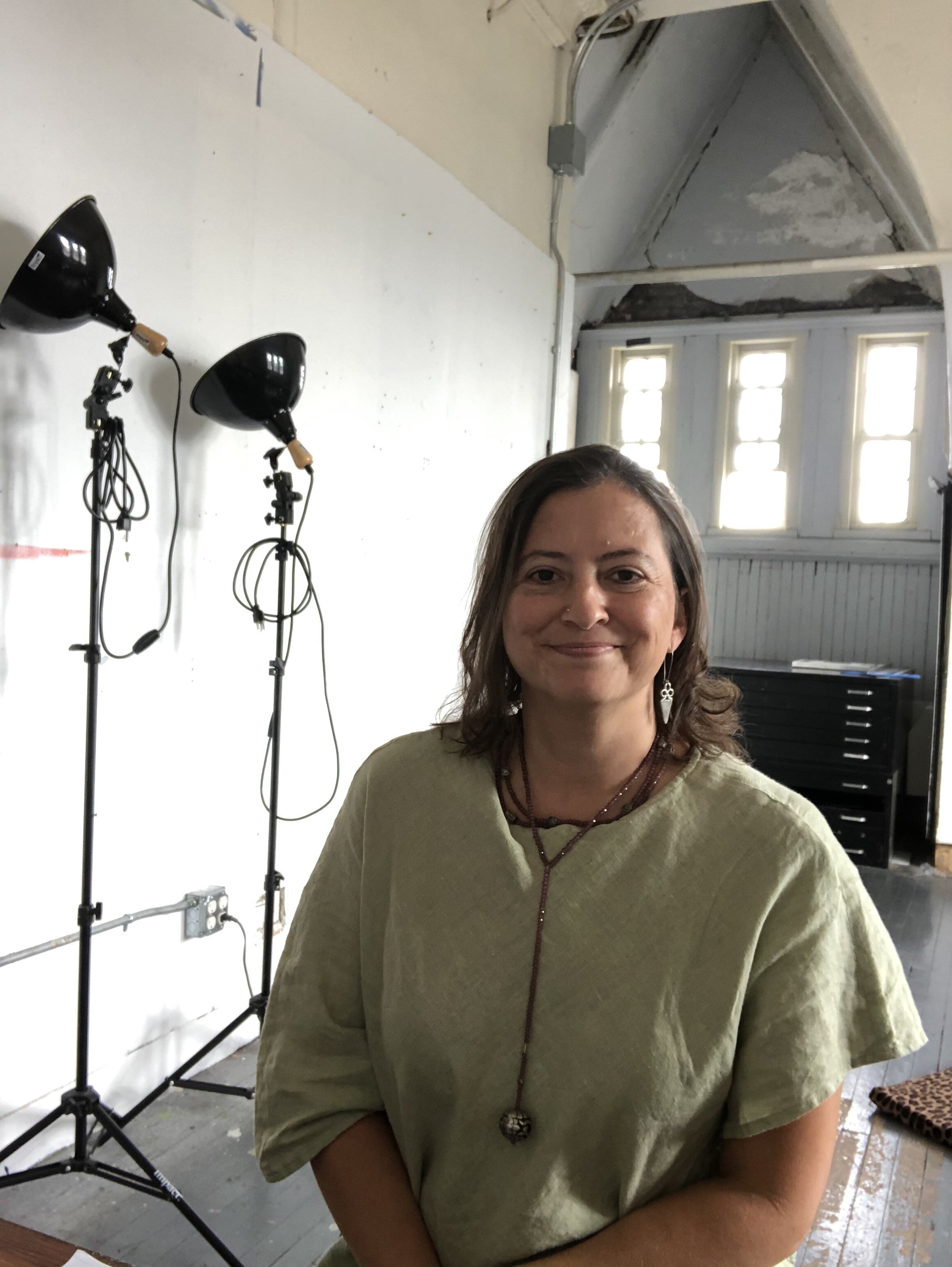BIOGRAPHY
(b.Milwaukee, USA) lives and works in New York City. She received her BFA from the Cooper Union School of Art and her MFA in Combined Media from Hunter College. She is a mixed discipline artist, working with photography, printmaking, performance and installation. Her work focuses primarily on ideas of displacement, gentrification and the widening gap between social classes. She is the recipient of numerous grants, and has exhibited her work in venues throughout New York, as well as, abroad including, The NY Public Library Ottendorfer Branch (NY), ABC No Rio (NY), Artist Space (NY), ISE Cultural Foundation (NY), Theatre for the New City (NY), Local Project (NY), Priska Juschka Fine Art (NY), UC Santa Cruz (California), El 1B (Rio Peidras, Puerto Rico), Arts Iowa City Gallery (Iowa), The String Room Gallery (Wells College, Ithaca, NY), The National Gallery of Saskatchewan (Canora, Canada), and most recently, Galerie Kritiku (Prague, Czech Republic).
STATEMENT
THE NEW YORK TIMES SERIES
During the process of looking through dozens of real estate listings to find permanent housing, she discovered that the reality of obtaining “affordable” housing in New York City had become virtually unrealistic, replaced instead, by a saturated market of high-end luxury coops and condominiums for purchase, by only a select few.
Fascinated by the promotional photos advertising luxury homes for sale in the New York Times Sunday Real Estate section, Westpfahl began collecting and examining each image for various attributes that might otherwise go overlooked, for example, a table leg, a towel bar, or perhaps a structural element to crop in on in order to create new compositions. Then scanned at a high resolution, and converted to black and white, the images are carefully re-constructed to enhance or exaggerate various qualities of the image, such as, value range, contrast, or focus before being heat transferred on to metal plates.
The final outcome often reveals a contrasty, dreamy, or blurred image, its original context no longer recognizable. Instead, the images become less about the properties they hope to sell and more about the objects within them that have been abstracted. Each construction embodies subtle nuances of the printed newsprint page they are sourced from, this could be in the form of exaggerated halftone, or the crease from the fold of the newspaper, for example. There is also a strong interplay between the pixel and the halftone, blurring the line of the process. In addition, the finished result also hints at mimicking the alternative photographic process known as liquid light.
ROOM 501




